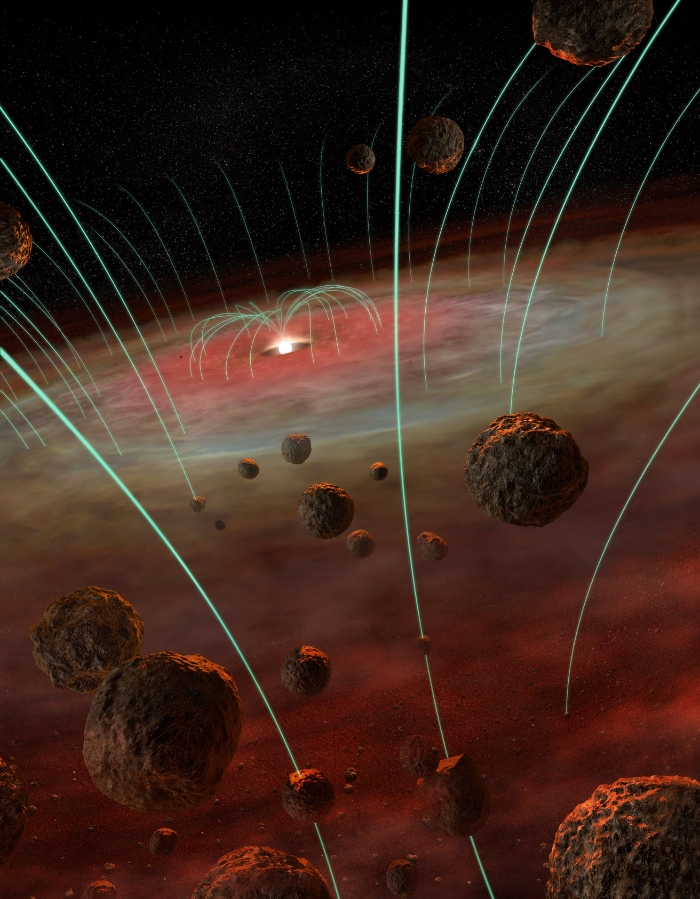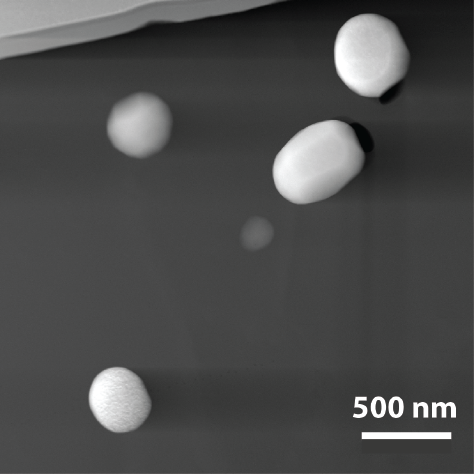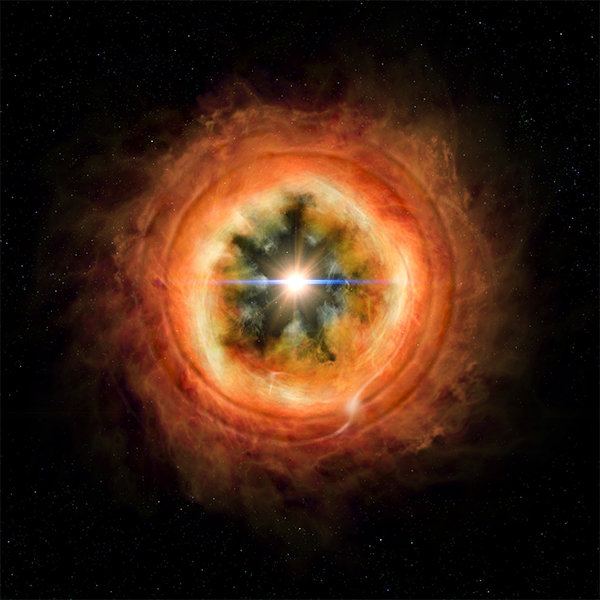


Magnetic fields are proposed to have played a critical role in some of the most enigmatic processes of planetary formation by mediating the rapid accretion of disk material onto the central star and the formation of the first solids. However, there have been no experimental constraints on the intensity of these fields. We have been studying meteoritic materials from the early solar system to infer the existence intensity of nebular magnetic fields (Weiss et al. 2021). We showed that chondrules in two meteorites were magnetized in a nebular field of ~50-100 μT (Fu et al. 2014, Mai et al. 2018, Borlina et al. 2021) at ~2 million years after solar system formation. This field strength is sufficient to account for the rates of stellar accretion observed in protoplanetary disks. We have also shown that, under certain assumptions, the weak magnetic field of comet 67P indicates the nebular field was below 3 μT at 15-25 AU from the young Sun, consistent with theoretical expectations (Biersteker et al. 2019).
Because nebular gas is required for the sustenance of nebular magnetism, paleomagnetic methods can also be used to trace the lifetime of the nebula itself. We have shown that several meteorite groups are essentially not magnetized (Wang et al. 2017, Weiss et al. 2017, Borlina et al. 2022). This indicates the solar nebular field and gas had likely dissipated by just 4 million years after solar system formation. This times the birthdate of the Sun, Jupiter and Saturn to less than 4 million years after the collapse of the molecular cloud.